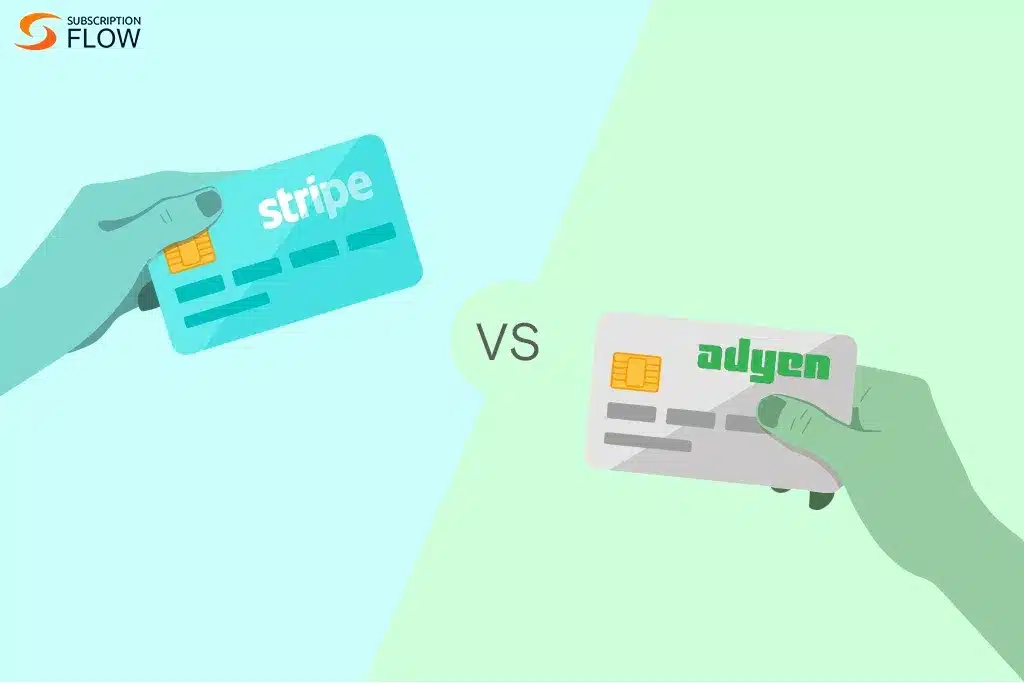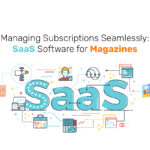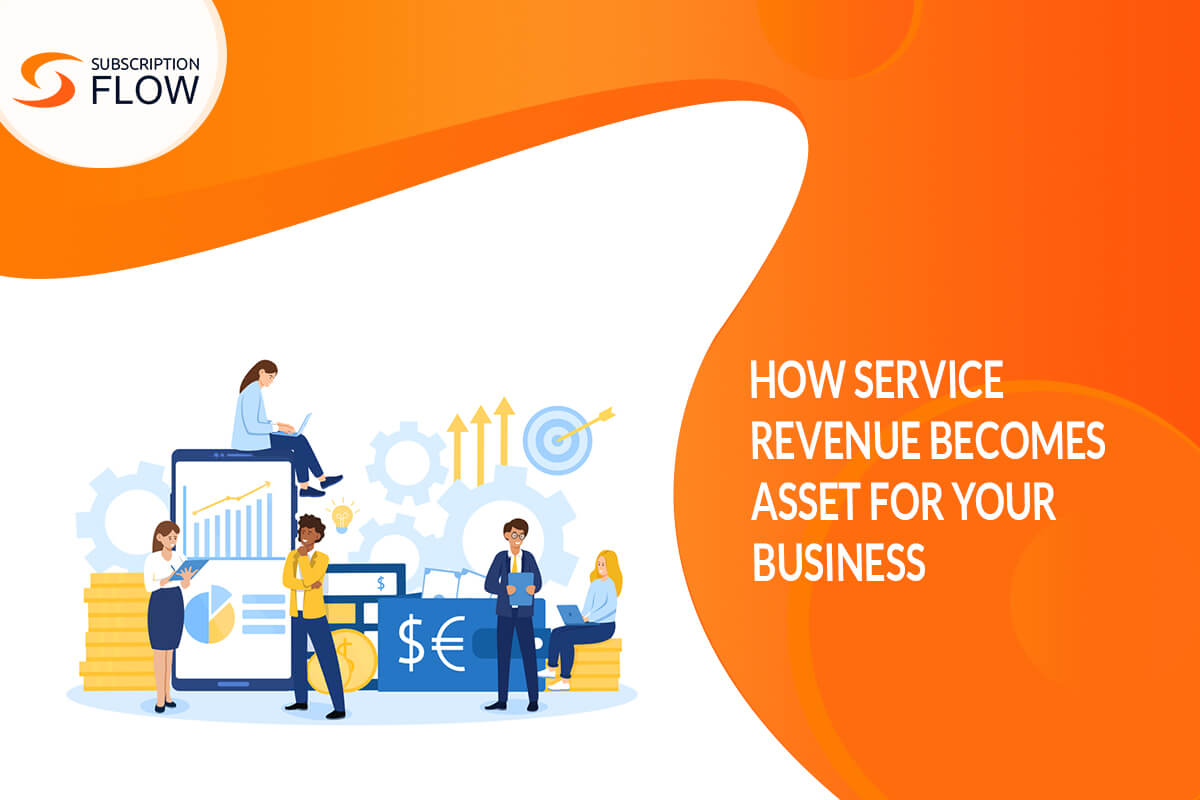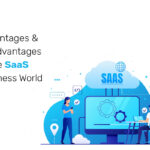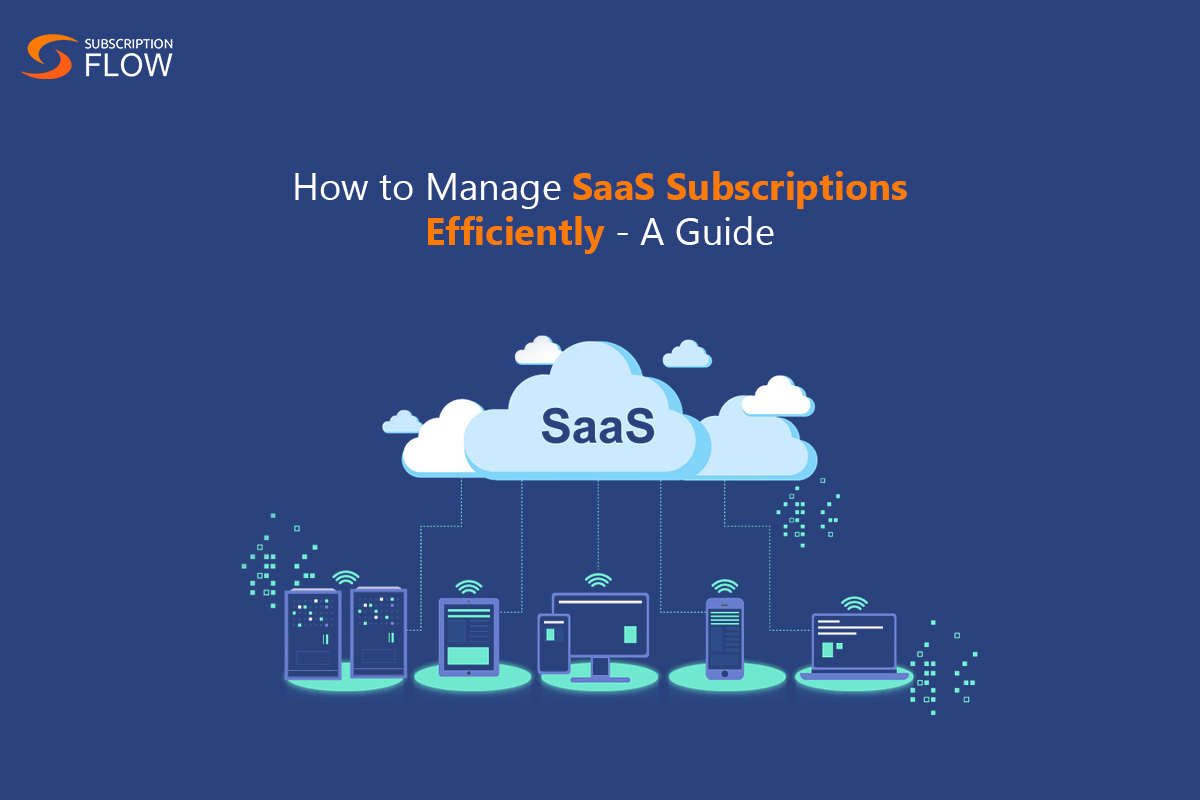
How to Manage SaaS Subscriptions Efficiently – A Guide
SaaS is one of the quickest-growing industries, coming in at a whopping worth of $193 billion USD in 2023 alone. This means that in the last 7 years alone, the industry grew at an unprecedented rate of 500%! And what’s more, is that it is only headed upward in future projections as well.
Since the rate of growth is so high, it is a great market to scale in. However, SaaS companies are popping up everywhere globally, so growth can not be truly realized unless you set yourself apart from the competition and manage SaaS subscriptions super efficiently.
In this blog, we will cover everything about subscription management in SaaS. Yes, we’ll be answering all your burning questions about what exactly SaaS management is, what subscription management tools are, challenges that are faced by SaaS vendors, and finally strategies to implement for better SaaS management.
Interested? Keep reading!
Subscription Management Software – What’s with All the Buzz?
Subscription software refers to any type of software access that requires monthly or annual licensing acquired through user billing. Subscription software can range from communication tools to financial analysis to HR platforms and is typically billed monthly or annually.
Subscription software, often known as Software-as-a-Service (SaaS), is widely available nowadays, and you most likely rely on a handful for your work stack. G Suite, Amazon Web Services, Slack, Dropbox, Microsoft Office 365, Salesforce, Canva, and HubSpot are just a few of the most popular SaaS subscriptions that are critical to your business operations and require constant administration.
What is SaaS Management?
SaaS management is the act of keeping track of all software, cloud, and/or licensing subscription services, including how much you pay for them, when they expire, who uses them, how they’re used, and where they fit into your business process.
Your SaaS subscriptions are invoiced monthly or annually (or, in certain cases, free). Some subscriptions are paid for as a group, while others are charged per user. Different functions apply to specialized roles, and some may provide sensitive data and financial access that must be limited and immediately terminated when personnel leave.
To keep your business functioning smoothly and efficiently, managing your SaaS apps may entail keeping track of a large number of standalone goods or attempting to connect numerous products.
Many stakeholders are involved in SaaS administration, such as a sales team utilizing Salesforce, but it is controlled by the executive team and paid for by finance.
All of this is to suggest that it’s complicated. SaaS subscription management is crucial for utilizing software that meets your company’s demands without overpaying or sacrificing efficiency or security.
The Many Challenges of the SaaS Industry
Companies that rely on many SaaS points will experience difficulties managing their software consumption, from setting up recurring payments to comprehending the revenue consequences of subscription software. When it comes to software subscription management, we’ve found a few potential stumbling blocks.
Billing
Subscription billing is frequently handled by someone other than the stakeholder who is using the SaaS product. Recurring subscription billing implies that your finance team may be paying for a subscription you thought you terminated, or that the service unexpectedly upgraded to a more expensive plan. How will you know if a SaaS vendor has been hacked and your corporate card information has been compromised? Paying for SaaS subscriptions can be complicated.
Increased Complexity
As new requirements arise, technology focuses on meeting them. As a result, new software is released virtually every day that can meet even the most minor requirements in your business. The list of potentially helpful SaaS adoptions is always expanding, and each new addition isn’t guaranteed to work well with your existing software. As more services are added, the process can become more fragmented and less productive.
Redundancy
Your email suite may include video conferencing, but you may prefer the functionality of another service. You may choose one service’s partial feature but reject the other included features in favor of another service totally. This might lead to confusion, overspending, and exhaustion.
Security
At the moment, there are no security standards in place for software services. This implies that while some applications may employ multi-factor authentication or track anomalous usage, others may not. The more SaaS subscriptions you add, the more likely it is that data will be hacked, passwords will be stolen, and cyber assaults will occur.
Cost
While the cost of each SaaS subscription is obvious, you need also consider the cost to your organization of hiring a new engineer vs a new sales manager. Certain positions will require more software access licenses, and as your firm grows, so will the demand for subscription management software to manage the periodic SaaS billing for all of those products.
Confusion
While each department can discover its own specialized tools, not everyone will be aware of and comprehend the importance of each SaaS product. Furthermore, the frequent introduction of new SaaS solutions has the potential to fragment information and processes across old and new platforms.
How to Avoid Industry Pitfalls – Strategizing Managing SaaS Subscriptions
While subscription models are extremely effective, they also provide their own set of issues. With churn being one of the subscription industry’s pet peeves, you must ensure that your customers:
- Are paying on time.
- Are pleased with your SaaS
To manage SaaS subscriptions better, here are some things to keep in mind if you want to ensure long-term profitability and a positive customer experience:
Achieve a Balance Between Complexity and Flexibility
To find the best subscription model for your SaaS firm, adjust your services to your revenue and customer service requirements. Clients can upgrade or downgrade plans, choose multiple payment modes, and stop or use add-ons with good subscription management.
Subscriptions should be lucrative and sustained if the pricing is competitive. You may balance subscription management to ensure customer pleasure and profitability by knowing your key products, customers, and marketing methods.
Ensure Your Billing Process is Scalable
Due to automation, failing payments in a subscription-based SaaS firm might be difficult to control. Companies should employ subscription management and dunning processes to maintain high CLV and low churn rates.
Subscription management software can help you save payment information and handle recurring revenue and consumer subscriptions more efficiently. Billing workflow automation and keeping track of amounts owed enable timely and accurate billing information. However, charging clients the wrong amounts might jeopardize the connection and increase turnover.
Customers must trust the firm with their payment information, so transparency is critical in subscription services. Notifying clients of recurrent payments on time helps to maintain trust and avoid dunning.
Customers should not be unable to terminate their subscription owing to hidden cancellation costs or hours wasted looking for a way. As a result, a subscription management system is required for SaaS enterprises to efficiently manage their subscriptions.
Better Invoicing Process
Invoicing becomes increasingly complicated as your company expands. Invoicing complexity can be addressed by automating your Accounts Receivable process and selecting the correct billing solution.
Subscription management tools are no exception. Your consumers may have various:
- Types of subscriptions
- Prices
- Date of payment
- Payment conditions
- Payment Options
A decent subscription management software will handle the heavy lifting for you while you focus on refining and marketing your product. It will also provide your consumers with self-service choices for managing their subscriptions by granting them autonomy. SubscriptionFlow is a tool that will fully automate your billing and invoicing saving you from hassle.
The Right Integrations
Your subscription management software, like any other product, must integrate with your existing ecosystem. SubscriptionFlow is an example of a platform that provides basic subscription management while also interacting with a variety of other tools and apps.
It may not be worth it to purchase a subscription management program that demands you to replace your present tools. It is critical to understand your current demands while also contemplating your future needs as you expand.
Final Word
We are confident that with SubscriptionFlow in your tech stack and the fully formed strategy that we’ve suggested you will be better able to manage SaaS subscriptions. And, grow with the industry by scaling with efficiency and effectively.
Book a demo with us to find out more about how SubscriptionFlow can help your SaaS business!





